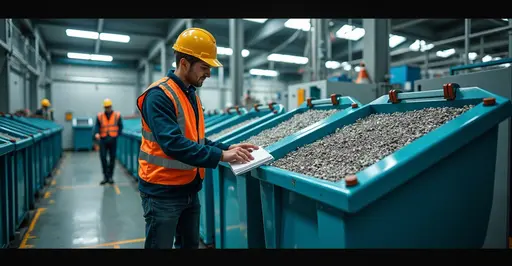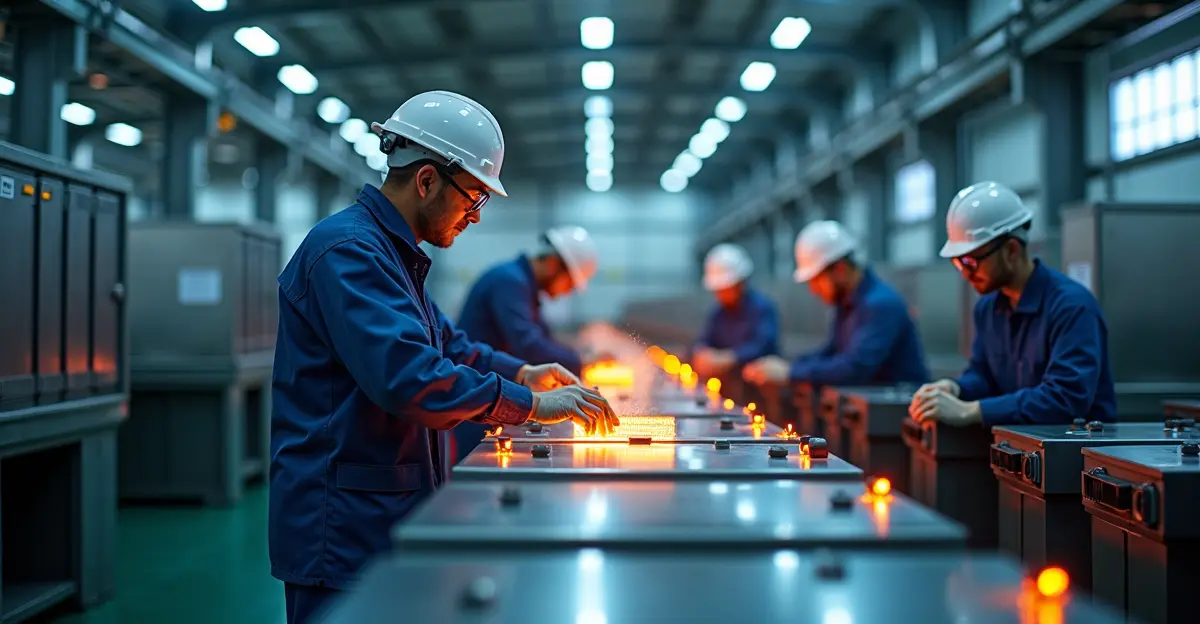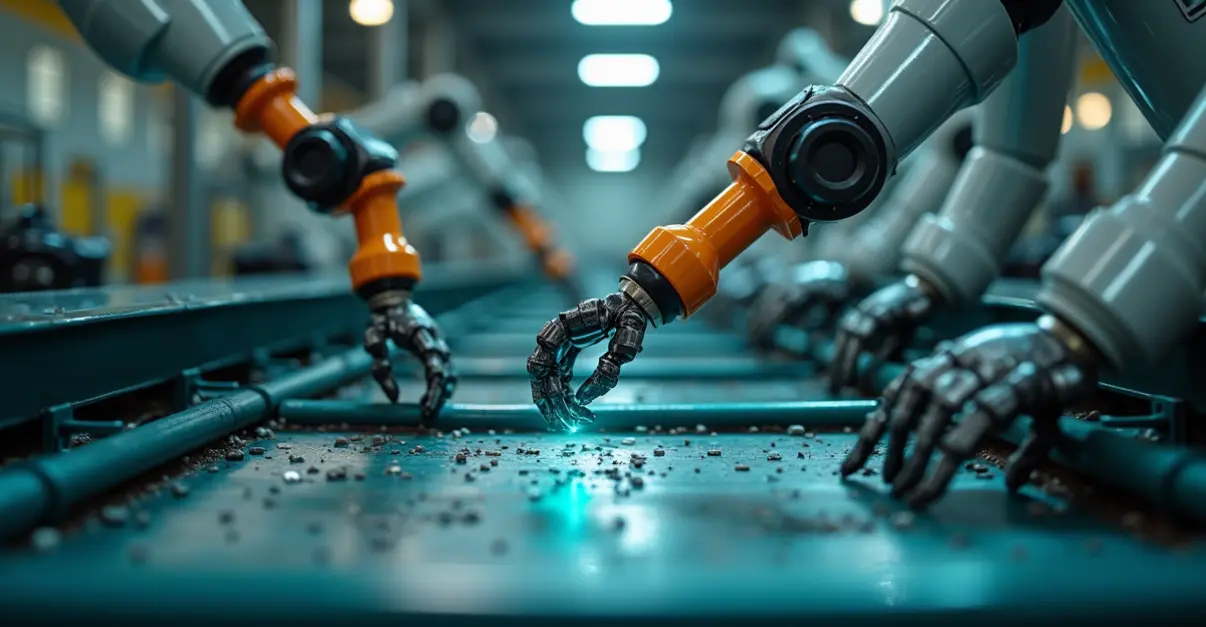Battery recycling is scaling up with advanced hydrometallurgy and new economic models. Collection networks and circular material markets are expanding as the industry grows from $16.8B to $32.7B by 2033. Hydrometallurgy offers 93% recovery rates with profit margins up to $3.3/kg.

The Rise of Circular Battery Material Markets
The global battery recycling industry is undergoing a massive transformation as new economic models and advanced technologies like hydrometallurgy are enabling unprecedented scale-up. With electric vehicle adoption accelerating and end-of-life batteries expected to reach 314 GWh by 2030, the race is on to establish efficient collection networks and circular material markets that can handle this growing volume.
Collection Networks: The Foundation of Recycling
Establishing comprehensive collection networks has become the critical first step in the battery recycling value chain. 'Without efficient collection systems, even the most advanced recycling technologies remain underutilized,' explains Dr. Sarah Chen, a circular economy researcher at Stanford University. 'We're seeing innovative approaches combining traditional drop-off points with mobile collection units and manufacturer take-back programs.'
Recent developments include Princeton NuEnergy's launch of the United States' first commercial-scale Advanced Black Mass recycling facility in Chester, South Carolina. With an initial capacity of 5,000 tons per annum and plans to expand to 15,000 tpa by 2026, this facility represents a major step forward in America's battery circular economy infrastructure.
Hydrometallurgy: The Game-Changing Technology
Hydrometallurgical processes are emerging as the preferred method for battery recycling due to their high recovery rates and lower environmental impact compared to traditional pyrometallurgy. Operating at temperatures below 200°C, hydrometallurgy achieves recovery rates up to 93% for valuable metals like lithium, cobalt, and nickel.
'The economics of hydrometallurgy are becoming increasingly favorable,' notes Dr. Michael Rodriguez, a materials scientist at MIT. 'With profit margins ranging from US$0.4 to US$3.3 per kilogram, this method offers both environmental and economic benefits.'
According to a recent study published in Hydrometallurgy, advanced techniques including selective precipitation, solvent extraction, and electrodeposition are improving both efficiency and cost-effectiveness. The global battery recycling market is projected to grow from USD 16.8 billion in 2024 to USD 32.7 billion by 2033, representing a 6.88% compound annual growth rate.
Economic Models Driving Scale-Up
New economic models are emerging that make battery recycling financially viable at scale. A comprehensive Nature Reviews Clean Technology article examines cost modeling across three main recycling routes: pyrometallurgical (profit margins US$0.5–4.0 kg⁻¹), hydrometallurgical (US$0.4–3.3 kg⁻¹), and direct recycling (US$2.0–14.4 kg⁻¹).
'The key challenge has been developing cost models that accurately reflect real-world expenses,' says industry analyst Maria Gonzalez. 'Many early models omitted critical elements like transport, disassembly, and capital expenditures, leading to cost underestimation.'
Total recycling costs range from US$1.64 kg⁻¹ to US$22.4 kg⁻¹ depending on the route, feedstock, and scale. However, emerging business models are addressing these challenges through innovative approaches like 'urban mining' and advanced material recovery.
Circular Battery Material Markets
The development of circular battery material markets is creating new opportunities for resource security and economic growth. A recent Nature study reveals that consumer-oriented recycling alone can reduce global emission intensity by 16.30% by 2060, while combined strategies could achieve 35.87% global emission reductions.
'We're seeing the emergence of secondary material markets where recovered battery materials can be traded and reused,' explains environmental economist Dr. James Wilson. 'This creates a virtuous cycle where recycling becomes economically self-sustaining.'
Companies like Veolia are developing comprehensive approaches to battery recycling, emphasizing the importance of establishing sustainable and secure processes for handling end-of-life Li-ion batteries. Their strategy covers collection systems, safe transportation protocols, advanced recycling technologies, and material recovery processes.
Future Outlook and Challenges
Despite significant progress, challenges remain in scaling up battery recycling operations. The diversity of battery chemistries, complex disassembly requirements, and evolving regulatory landscapes create ongoing hurdles.
'The industry needs more transparent, geographically diverse, and scale-sensitive cost assessments to support industrial planning and policy decisions,' emphasizes Dr. Chen. 'As battery chemistries continue to evolve, our recycling methods must adapt accordingly.'
With government subsidies for recycling, technology transfer, automation, and simplified battery design, the industry is moving toward environmentally sustainable, efficient, and commercially feasible recycling procedures. The transition to a cleaner, circular battery ecosystem represents not just an environmental imperative but a significant economic opportunity.

 Nederlands
Nederlands
 English
English
 Deutsch
Deutsch
 Français
Français
 Español
Español
 Português
Português









